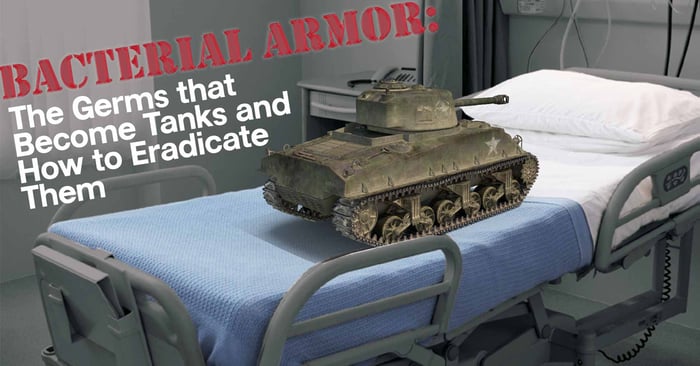3 min read.
¿Cómo mata el cobre a las bacterias?
Incluso en el mundo actual, después de la pandemia de COVID-19, los patógenos infecciosos siguen siendo noticia, llamando nuestra atención hacia las...
![EOScu Logo - Dark - Outlined [07182023]-01](https://blog.eoscu.com/hubfs/Eoscu_June2024/Images/EOScu%20Logo%20-%20Dark%20-%20Outlined%20%5B07182023%5D-01.svg)













